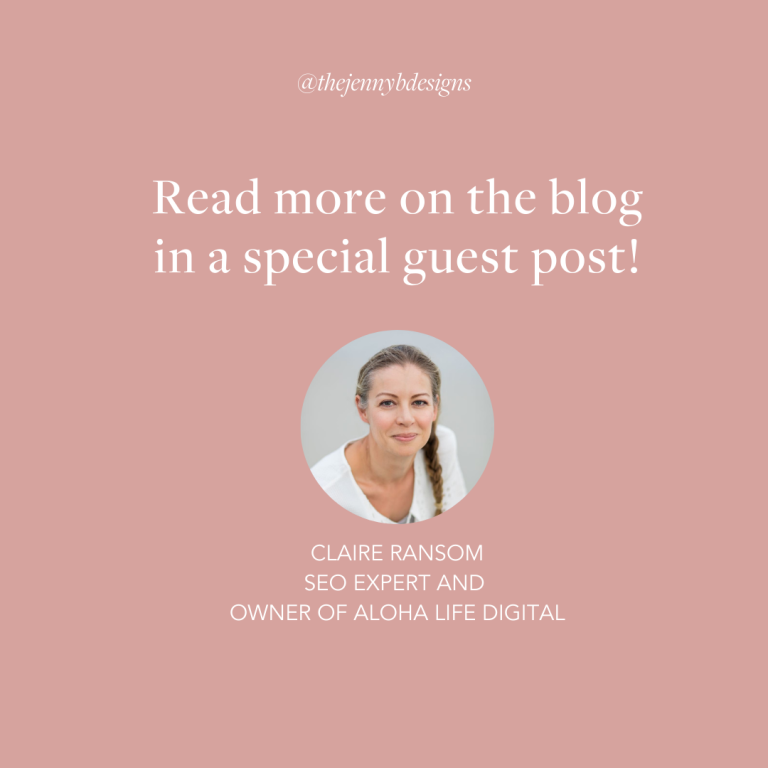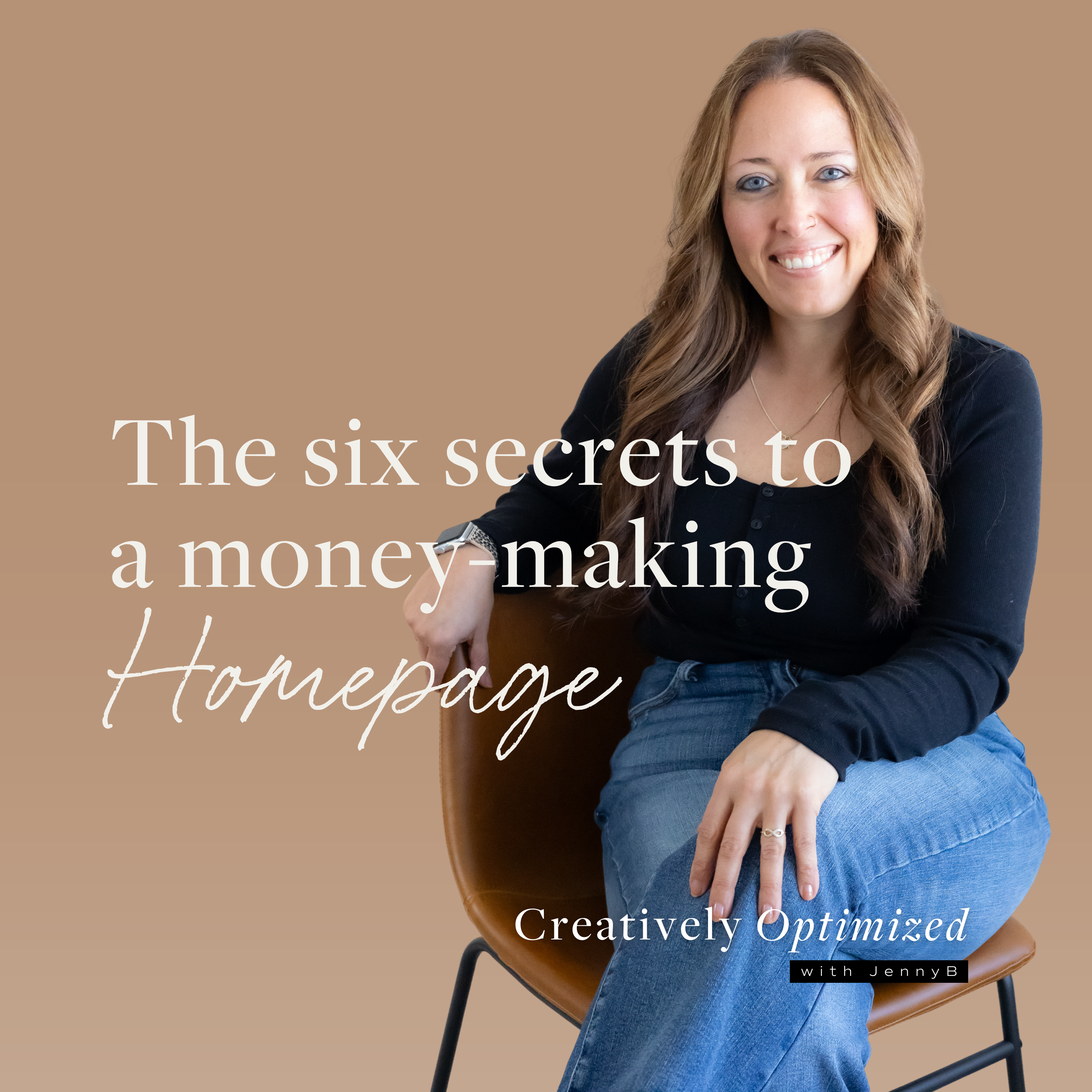A lot of people think that if you have a beautiful website, you’re compromising on your business’s ability to be found in search.
Table of Contents
ToggleAnd it couldn’t be further from the truth. So let me be clear on this once and for all:
There is nothing in Google’s manifesto that penalizes beautiful design.
Google’s mission statement
Take a look at Google’s mission, for a start:
‘to organize the world’s information and make it universally accessible and useful.’
Google is trying to be helpful here.
Now consider the following:
- Does beautiful design make useful information easier to understand?
- Does it help simplify complex ideas?
- Does it make information more useful and accessible to more people?
The answer is YES to all of these.
As long as beautiful design contributes towards an overall pleasant and helpful user experience, Google is all on board.
And as long as you build your website with these principles front of mind, you’ll be doing the right thing by your customers.
So what do we mean by beautiful design in this context?
We’ve all come across examples of really annoying design on our internet travels.
You know, the websites that are really slow to load, or where the navigation or layout are confusing, or the buttons don’t work.
These are the kinds of things that are really detrimental to anyone’s user experience, so Google wants to promote sites that are the exact opposite of these.
Here are a four ways beautiful design goes hand in hand with SEO:
- Speed Google loves sites that load fast. So if you have a beautifully designed site, be sure that images or videos load as quickly as possible.
- Clear signposting: are the items in your navigation menu relevant to the overall content of your site? Is it easy to find what you’re looking for on the site?
- Quality content The quality of your content is key. Is your site well-written? Are there grammar or spelling mistakes?
- Intuitive design Is it easy to move from page to page? Are links and buttons genuinely helpful and appropriately positioned?
Of course, there’s a lot more that goes into website design, and SEO performance, but these four are a really good place to start.
Another myth I’ve heard often is that WordPress is the only platform you should use for blogging – that somehow it’s just inherently better for SEO. I’ve also heard people tell me that Squarespace is better than Wix for SEO performance. These just aren’t true.
I personally built a blog on Shopify that attracted over 45k organic search visitors/month. And I know bloggers on Squarespace making over $100k/month in ad revenue, just from organic search. I’ve also built a blog on Wix that got to first position on Google for target keywords, despite only having 8 pages.
The truth is that each of these platforms can perform just as well as the others in terms of search, as long as you have your end user front and center of your mind, and as long as good SEO practices are implemented in the right way.
And therefore beautiful design, when it truly has the user at heart – does nothing but enhance SEO performance.
Which, in my opinion, is exactly how things should be.
****
Blog Guest Expert:
My name’s Claire. I’m an SEO expert and Owner of Aloha Life Digital. I help startups and ambitious businesses improve their content, so that customers can find your website in search, and so that when they do, they convert.
I’m a former startup CEO, and I’ve worked for some of the world’s biggest publishers (Penguin Random House, Oxford University Press), as well as training with Google’s in-house SEO team. I even built a website to attract 45k in organic search visitors/month.





